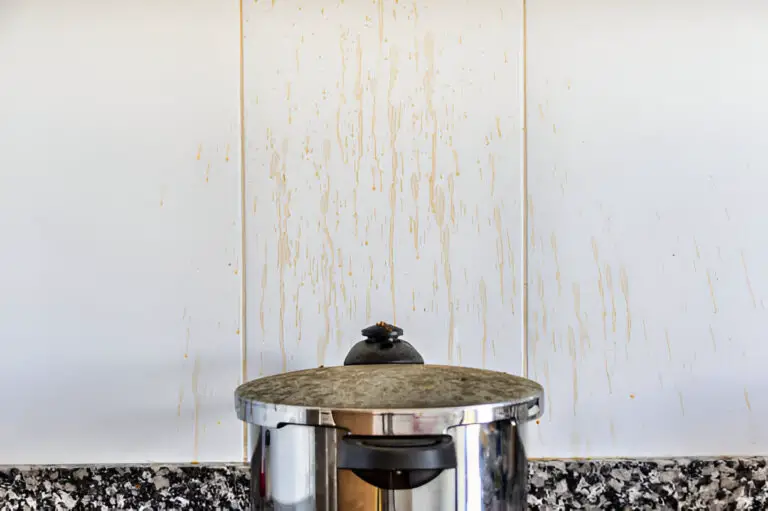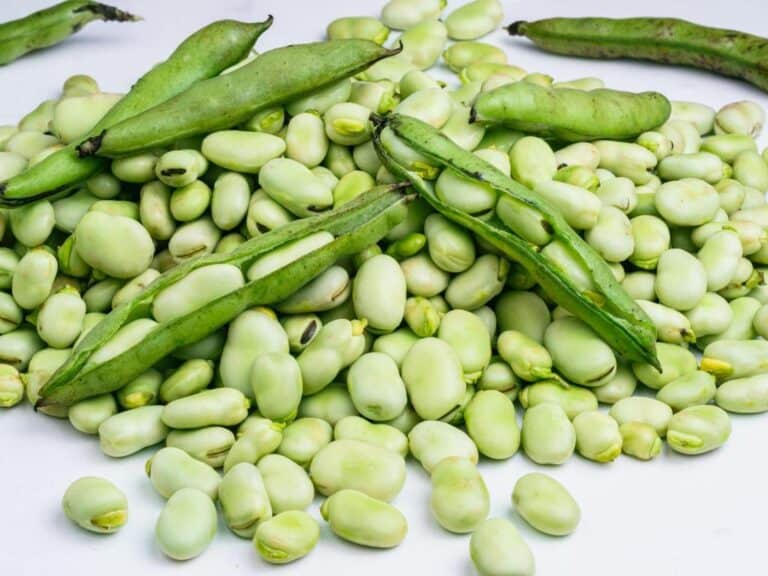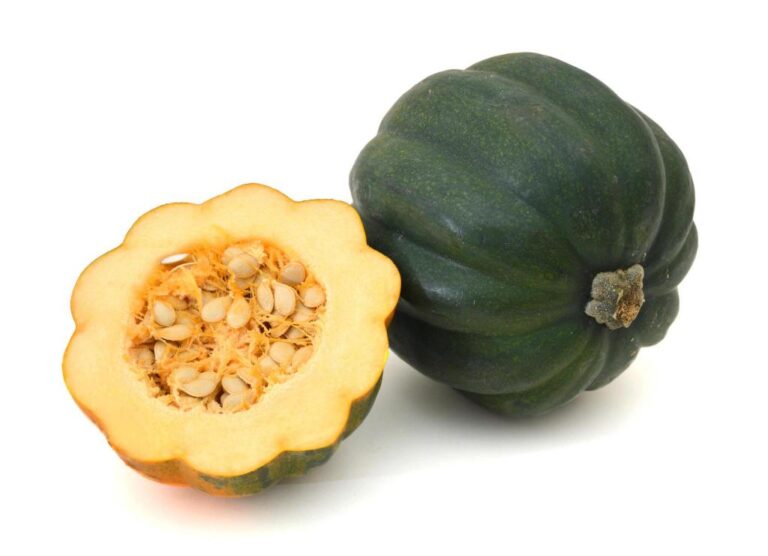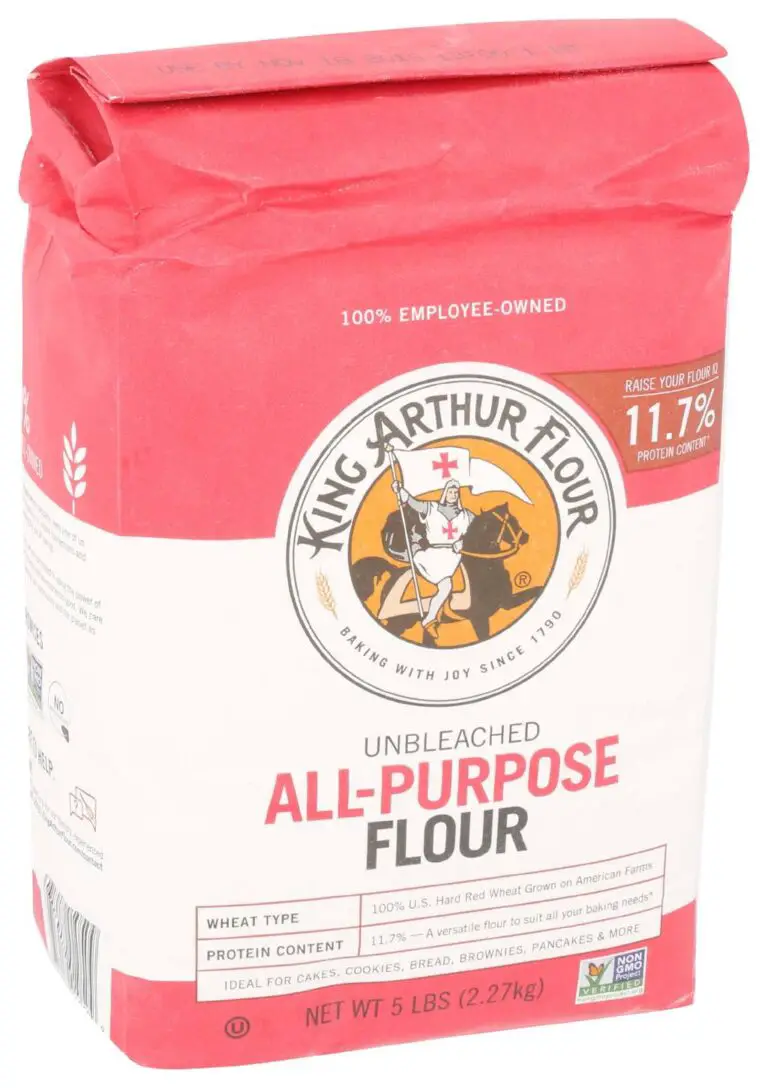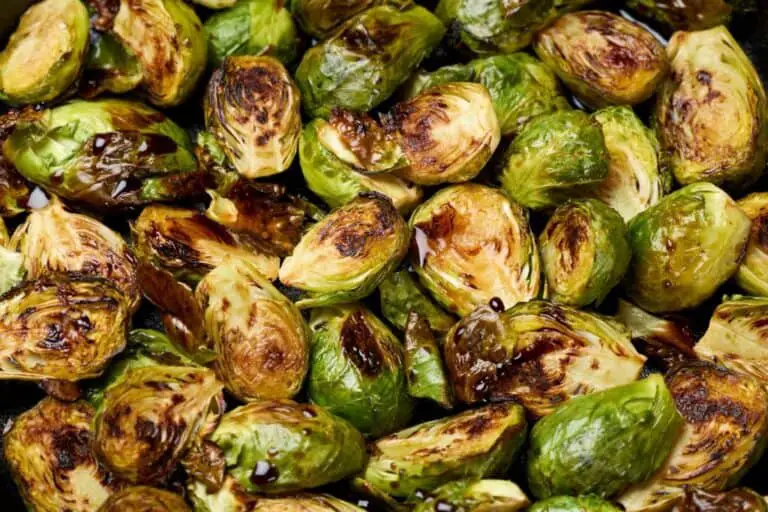From Wok to Plate: What Kind of Bean Sprouts Do Chinese Cooks Use?
I still remember the first time I saw bean sprouts sizzling in a wok at my favorite Chinese restaurant. The steam rose like a cloud, and that signature crunch—they had me hooked. Fast-forward to my own kitchen, and I had one burning question: What kind of bean sprouts do Chinese cooks actually use?
Turns out, it’s not a one-size-fits-all answer. Let’s break it down and dive into the sprout-filled world of Chinese cuisine.
🥢 The Go-To Sprout: Mung Bean Sprouts
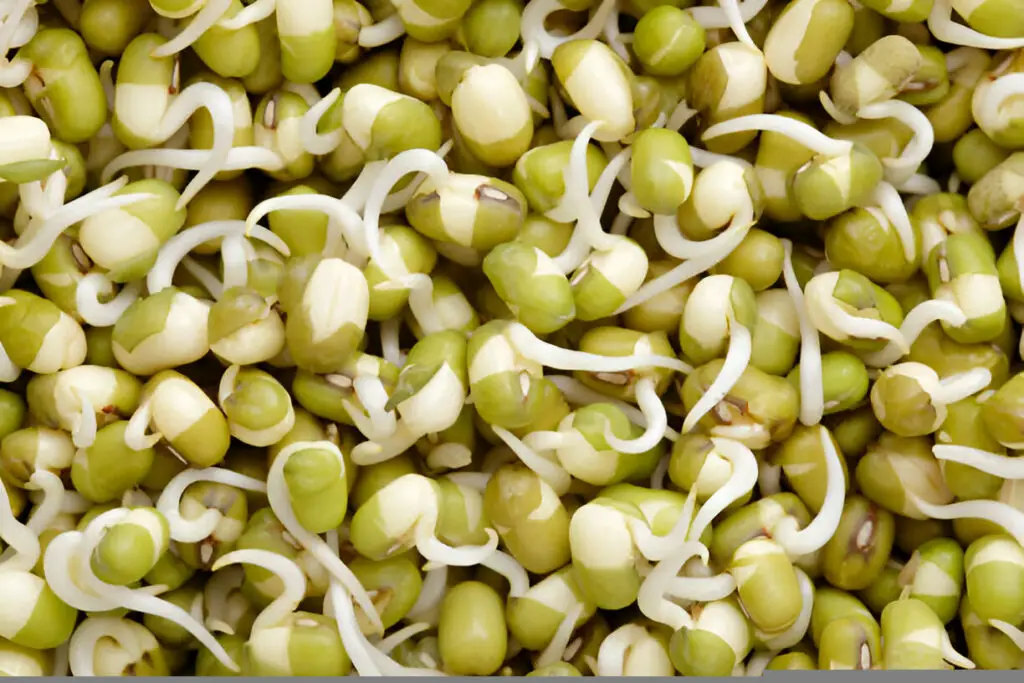
Nine times out of ten, when you bite into a Chinese stir-fry and catch that crisp, juicy crunch—you’re munching on mung bean sprouts. These are the little white shoots with small green or yellowish tips, often seen in dishes like chow mein, lo mein, and hot pot spreads.
Why mung bean sprouts?
- They grow fast (usually in 4–5 days).
- They offer a clean, slightly nutty taste.
- They hold up well in high-heat cooking—perfect for the blazing-hot woks in Chinese kitchens.
📋 Mung Bean Sprouts vs. Soybean Sprouts: Know the Difference
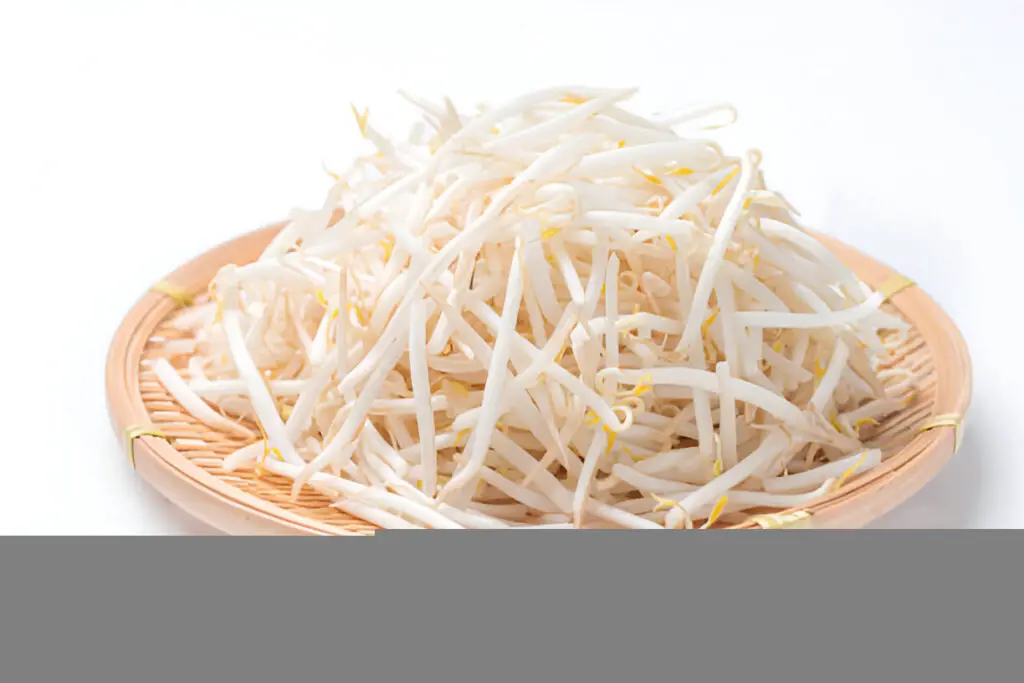
| Feature | Mung Bean Sprouts | Soybean Sprouts |
| Color | Translucent white with tiny green tips | Thicker white with large yellow heads |
| Texture | Crunchy and light | Firm, chewy, and slightly bean-y |
| Flavor | Mild, nutty | Earthy, strong |
| Common In | Chinese and Southeast Asian dishes | Korean dishes (e.g., kongnamul) |
| Cooking Time | Quick sauté or blanch | Often simmered or boiled |
Those are some the differences between mung bean sprouts and soybean sprouts. You can think of mung bean sprouts as the cool, easygoing cousin at a cookout. They mingle well with others and don’t overpower the room. Soybean sprouts? More like the intense foodie uncle—he’s got presence and makes you notice.
🧑🍳 How Chinese Cooks Use Mung Bean Sprouts
Mung bean sprouts are the unsung heroes of many Chinese recipes. You’ll find them in:
🔥 Stir-Fries
They add that irresistible snap to beef chow fun or chicken lo mein. Tossed in at the last minute, they soak up sauce without going soggy.
🍜 Noodle Dishes
A generous handful tossed into pho (yes, even Vietnamese dishes borrow them) or added to Cantonese noodle bowls balances the rich flavors with freshness.
🥟 Dumplings and Rolls
Sometimes used raw or lightly cooked inside spring rolls, they bring moisture and crunch to the party.
🧺 Buying the Right Sprouts: What to Look For
Fresh mung bean sprouts should be:
- Bright white, crisp, and slightly plump
- Free from slime or browning
- Mild-smelling (no sour or funky aroma)
Here’s a quick table to help next time you’re at the market:
| Good Sprouts | Avoid These |
| Snappy, white stalks | Slimy or soggy texture |
| Mild bean scent | Strong or sour odor |
| Firm, not wilted tips | Yellowing or blackened ends |
If they look like they’ve just crawled out of a compost pile, trust your gut—don’t toss them into your wok.
🧊 Pro Tip: How to Store Mung Bean Sprouts Properly
These little guys are picky when it comes to freshness. If you don’t plan to use them within a couple of days:
- Rinse them in cold water
- Wrap in a paper towel
- Store in a sealed container in the fridge
For extra longevity, change the water daily or keep them submerged in water (but change that water every 24 hours).
| Storage Method | Shelf Life |
| Paper towel in container | 2–3 days |
| Submerged in fresh water | Up to 5 days (max) |
| Freezing (not ideal) | Becomes mushy after thaw |
🥡 Cooking Tips: Getting That Authentic Crunch
When you cook mung bean sprouts, you want to preserve their snap. Here’s what I do:
- Add them last in a stir-fry—literally the last 30 seconds
- Don’t overcook. A quick toss is all they need.
- Use high heat. This sears them fast and seals in moisture.
If you overdo it, they’ll go limp and lifeless—like soggy shoes after a rainstorm.
🌱 Can You Grow Your Own?
Absolutely! And it’s oddly satisfying. All you need are:
- Whole mung beans (organic if possible)
- A mason jar or sprouting tray
- Clean water and a bit of patience
They’ll sprout in 3–5 days, and the taste is fresher than anything you’ll find in a store.
🧠 Final Thoughts: It’s More Than Just a Side
Bean sprouts may look like an afterthought on your plate, but in Chinese cooking, they’re a texture bomb, a flavor sponge, and sometimes the soul of a dish. I used to push them aside without thinking—until I started using them right and really tasting what they add.
Next time you see that little pile of white shoots on your stir-fry, know this: it took some serious history, culture, and kitchen craft to land on your plate.
🥢 Bonus Tip: Don’t Confuse With These!
While mung bean sprouts are the star of the Chinese kitchen, here are a few lookalikes that won’t do the job:
| Sprout | Why It Doesn’t Work |
| Alfalfa Sprouts | Too grassy and delicate |
| Broccoli Sprouts | Bitter, better suited for salads |
| Lentil Sprouts | Too earthy for stir-fry flavor profiles |
Stick to mung bean sprouts for that wok-to-plate perfection.
If you’re as sprout-curious as I was, you’ll never look at your noodles the same way again. And who knows? Maybe next time, you’ll reach for that mason jar and start sprouting your own mini bean jungle on the kitchen counter.
Want more crunchy, savory stories from the Chinese kitchen? I’ve got plenty more up my sleeve. Just say the word.

